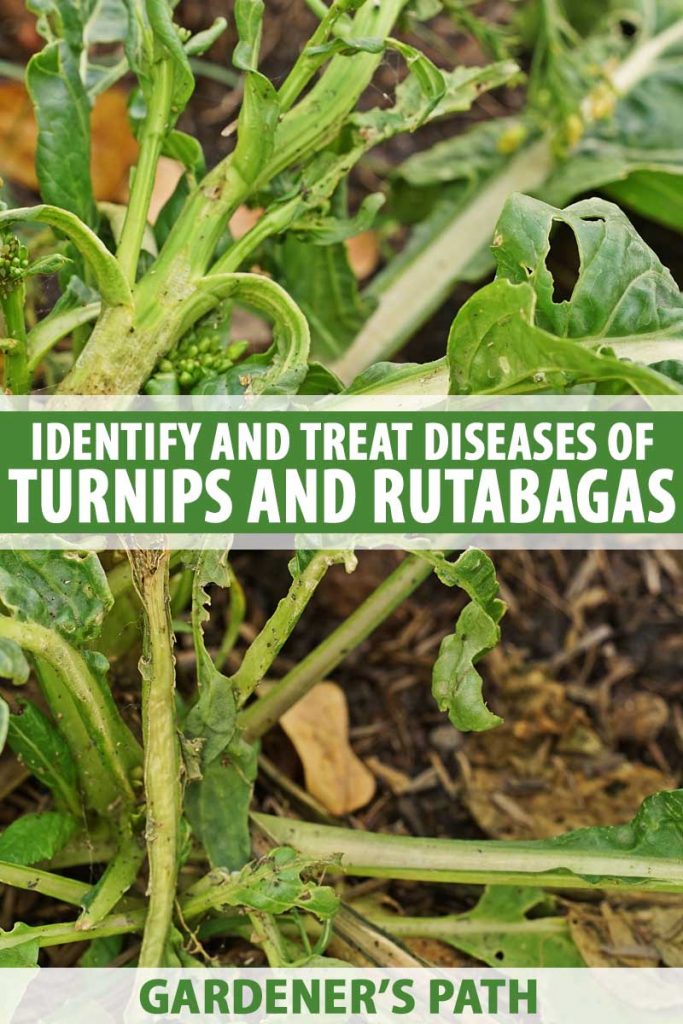Turnips and rutabagas are weak to a variety of sicknesses launched on by micro organism, fungi, oomycetes, and viruses.
A whole lot of these pathogens influence the leaves of the vegetation and smash the power to eat or promote the greens. Others harm the turnip or rutabaga roots.
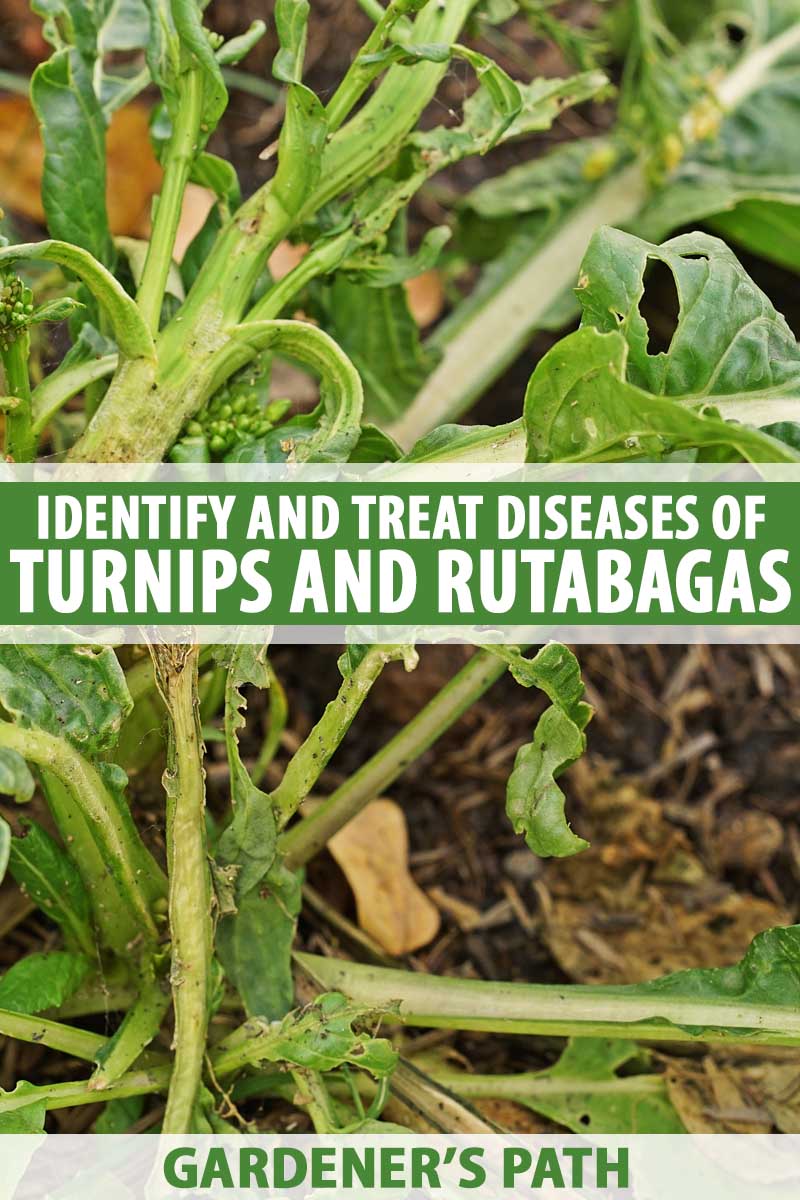

We hyperlink to distributors which will enable you uncover related merchandise. Do you must purchase from one among our hyperlinks, we might earn a fee.
Examine on to hunt out out about these sicknesses and recommendations on tips about easy methods to administration them.
Bacterial Sicknesses
A great deal of bacterial infections can infect turnips and rutabagas. Beginning out with clear seed will help to restrict these infections. Must you might’t pay cash for disease-resistant seeds, you would possibly care for them with 122°F water to kill any seed-borne pathogens.
Along with, these micro organism thrive in moist situations, so avoiding overhead irrigation and in no way working among the many many many vegetation whereas they’re moist will assist to care for any illness that’s current from spreading all via the crop.
It’s vitally important purge wild crucifer weeds which can usually harbor these sicknesses – like wild radish and shepherd’s purse – to assist shield any harmful micro organism contained and stop potential unfold.
Crop rotation is an important step, provided that micro organism can survive in crop residue contained in the soil. It is worthwhile to develop differing varieties of vegetation for at least two years, and as lots as 4 years in case your vegetation contract black rot.
Southern Ag Liquid Copper Fungicide by means of Amazon
In case your vegetation do develop a bacterial an an an infection, spraying with copper hydroxide (Kocide 3000) would possibly assist to care for it from spreading additional.
Black Rot
Black rot is among the many many most damaging bacterial pathogens which can infect turnips and rutabagas. Attributable to Xanthomonas campestris pv. campestris, this organism can destroy the leaves and enter the plant’s vascular system, inflicting systemic illness all via the plant and ultimately killing it.
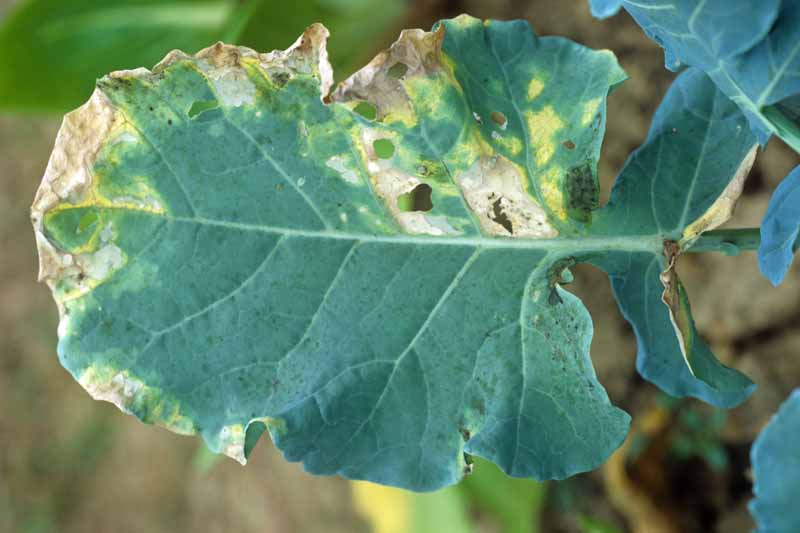

As its title signifies, you would possibly find yourself with a black, rotten plant if the organism is just not contained.
Beginning with clear seed is critical to avoiding this illness, and you can purchase seed that’s licensed to be freed from black rot. This illness may be very problematic due to your vegetation is maybe contaminated for so long as 14 days before they present any indicators. By this time, the illness might have already unfold all via your full crop.
The primary symptom of phrase is usually yellowing of the decrease leaves. Mature leaves will usually have V-shaped lesions on their edges. The veins on the plant will ultimately flip black.
Stopping this bacterium from changing into established is among the many best strategies to deal with black rot.
Examine extra about figuring out and controlling black rot correct proper right here.
Bacterial Leaf Spot
Along with black rot, two differing varieties of micro organism might set off leaf spots on turnips and rutabagas. One is a bacterium that’s fastidiously associated to black rot – X. campestris pv. amoraciae (Xca) – and the opposite is Pseudomonas syringae pv. maculicola (Psm).
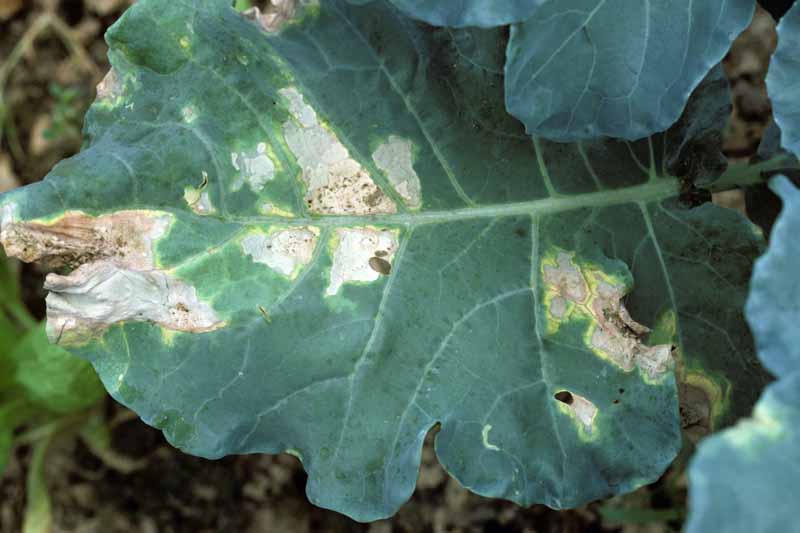

Each varieties of micro organism set off small, water-soaked lesions which can unfold and be a part of collectively to destroy the greens. Each varieties of infections set off yellow halos, however you would possibly inform them aside due to Xca produces pretty further noticeable halos.
These are excessive infections which are troublesome to deal with, they usually can destroy your crop. Psm infects vegetation at cool temperatures, usually contained in the early spring and fall. In distinction, Xca infections happen at occasions with hotter temperatures. That is sometimes an issue throughout the summertime.
Equally to black rot, stopping these micro organism from changing into established is the important issue to avoiding bacterial leaf spot illness.
Examine extra about indentifying and controlling bacterial leaf spot correct proper right here.
Oomycete Sicknesses
In case you haven’t heard of oomycetes, they appear to be a bunch of organisms which had been as rapidly as thought-about fungi however are actually categorized as water molds. Nonetheless, they act like fungi!
These organisms don’t kill their hosts, however they might set off important harm to the leaves. As with the bacterial sicknesses described above, stopping the preliminary an an an infection is among the many best strategies to deal with oomycete sicknesses.
As indicated by their title, water molds like moist situations. Purging cruciferous weeds and minimizing overhead irrigation are furthermore methods to deal with these sicknesses.
White Rust
This pathogen – Albugo candida – produces yellow spots on the higher surfaces of the leaves, and white pustules that seem like blisters on the underside of the leaves.
White rust is usually not a excessive illness. Nonetheless, generally the illness can create a systemic an an an infection, and unfold all via all the plant.
No fungicides are registered to deal with white rust.
Examine extra about figuring out and treating white rust correct proper right here.
Downy Mildew
In distinction, downy mildew launched on by Peronspora parasitica could be a excessive illness for turnips and rutabagas, considerably in cool situations akin to these current inside the autumn.
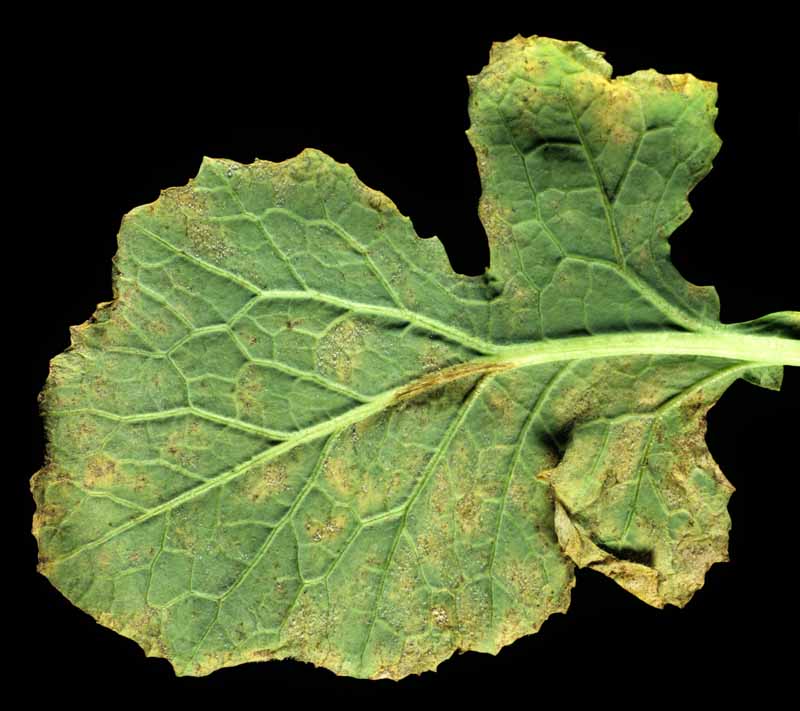

This organism can kill youthful seedlings and severely influence the greens. Extreme infections may also unfold from the crown into the concept and set off cracking.
Your vegetation can have a low-level an an an infection that you just’re unaware of which can swiftly unfold all via the rows when situations develop into favorable, akin to when there’s an excessive amount of moisture current.
The indications embrace yellow patches on the higher leaves. If the native climate is true, the underside of the leaves will seem to have patches or a overlaying of white mildew.
Do you must depend on that this pathogen shall be an issue, you would possibly preemptively care for with copper hydroxide (Kocide) or fungicides.
Fungal Sicknesses
A great deal of fungi might set off illness on the leaves or the roots of turnips and rutabagas.
Alternaria Leaf Spot
Two species of the fungus Alternaria, A. brassicicola and A. brassicae, might set off a magnificence illness on turnip and rutabaga leaves. Whereas this doesn’t have an effect on the roots, it will most likely render the greens troublesome to promote – each on the farmers market and in your dinner desk – and visually unappealing.
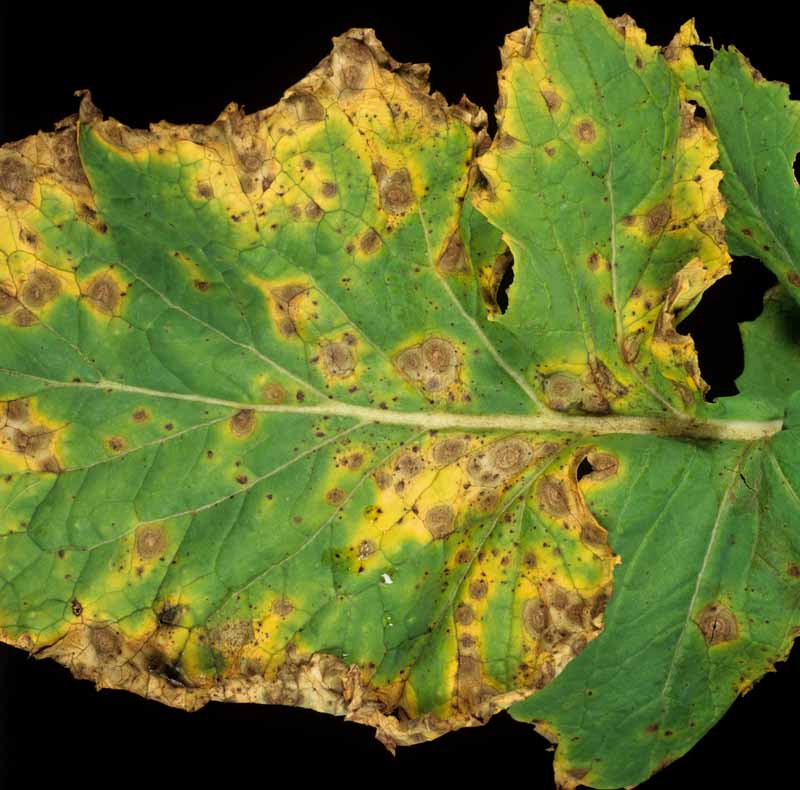

This illness is maybe acknowledged pretty merely. Spots starting from yellow to black selection on the leaves, after which develop concentric rings like a function. The illness can unfold to the seed pods, stems, petioles, and flowers.
You most likely can usually stop this illness from afflicting your crop by planting disease-free seed, controlling cruciferous weeds, and doing all your greatest to care for your vegetation dry.
In case your turnip or rutabaga vegetation do contract this an an an infection, you could use microbes (biofungicides) to assist administration it. Sprays with copper hydroxide (Kocide) or artificial fungicides are completely totally different choices to deal with this illness.
Examine extra about figuring out and treating Alternaria Leaf Spot.
White Spot
The pathogen Cercosporella brassicae is one totally different fungus which can infect turnip and rutabaga leaves.
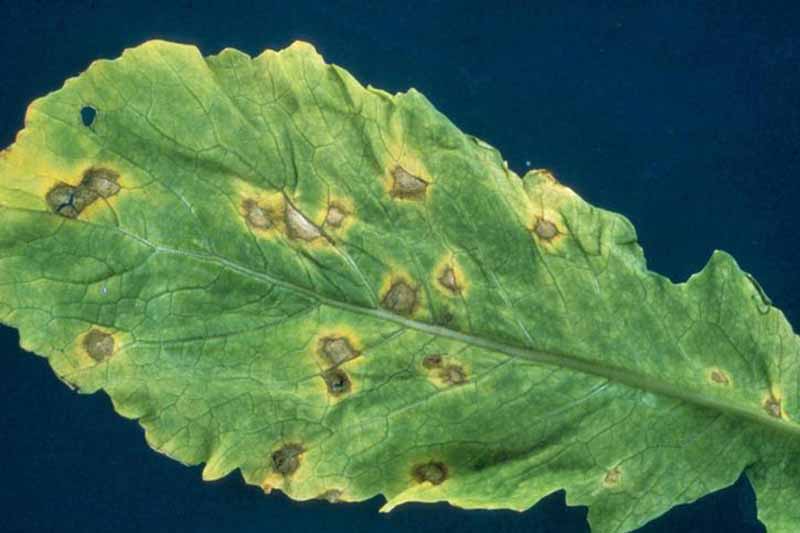

The lesions that it causes differ from grey to brown, with margins which are barely darkened.
The fungus can infect seed, or be unfold from cruciferous vegetation like volunteers or weeds. Excessive humidity and funky temperatures assist to facilitate the unfold of the kind of an an an infection.
Minimizing wetness on the vegetation and controlling cruciferous weeds will assist to deal with white spot. Do you must suppose the situations are favorable for its unfold, you would possibly spray defending fungicides on a weekly foundation.
Examine extra about controlling white spot correct proper right here.
Anthracnose
The fungus Colletotrichum higginsianum causes small, spherical, dry lesions on the leaves, and extreme infections can kill them. Grey to tan lesions may also selection on the roots.
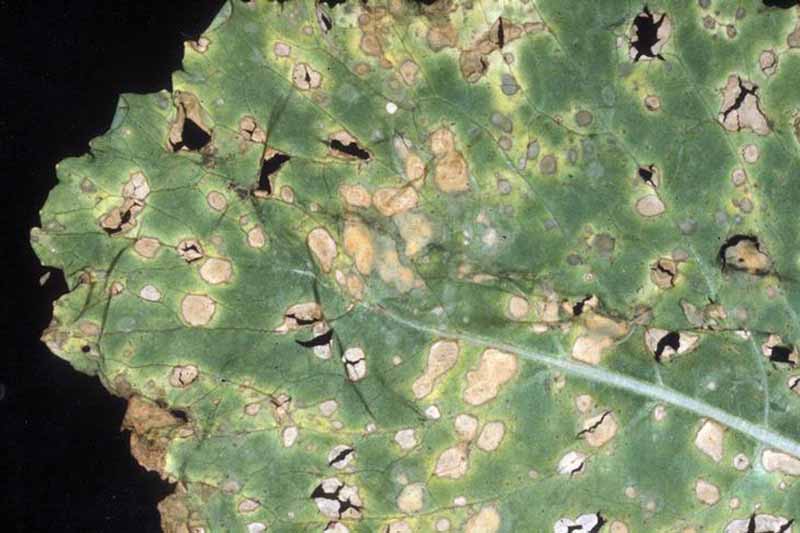

The lesions furthermore predispose contaminated turnips and rutabagas to bacterial mushy rot.
Contaminated seed could be a present of this fungus, however it will most likely furthermore unfold from fallen leaves and a few varieties of untamed crucifer weeds akin to wild radish, shepherd’s purse, wild mustard, and pepper grasses.
The illness usually happens all by means of moist, heat native climate, and it may very well be managed with fungicides.
Clubroot
The significantly nasty fungus Plasmodiophora brassicae infects the roots of turnips and rutabagas, leaving them crammed with galls and really deformed.
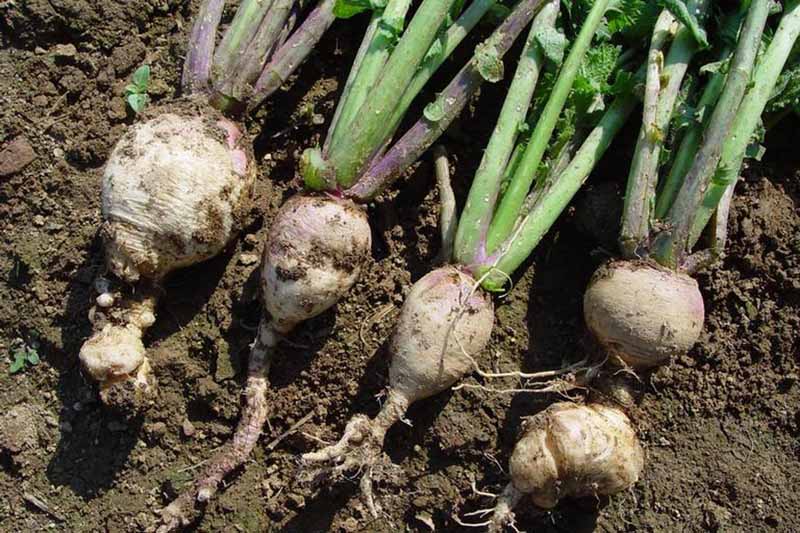

The harm might seem to have been launched on by nematodes, and is maybe troublesome to diagnose.
Sadly, this fungus can survive contained in the soil for bigger than 10 years and is subsequent to not attainable to remove.
Since administration is just not an threat, prevention is your greatest wager. Solely plant licensed disease-free seed, and watch out about spreading the fungus from contaminated vegetation.
White Mildew
Given the terribly huge host differ of Sclerotinia sclerotiorum, it’s no shock that white mildew might afflict turnips and rutabagas. This illness – furthermore usually often called Sclerotinia timber rot – ends in white-gray lesions on the stems, and grey lesions on the leaves.


Excessive humidity and funky temperatures assist the expansion of white mildew.
As with a great deal of the completely totally different sicknesses described correct proper right here, controlling weeds will assist to stop an an an infection. Rotate your crops to plant non-cruciferous greens for at least three years after rising them in your fields, gardens, or raised beds.
Foliar fungicides will help to deal with white mildew.
Viral Sicknesses
Turnip Mosaic
Each cabbage and peach aphids unfold turnip mosaic virus, which might severely influence vegetation.
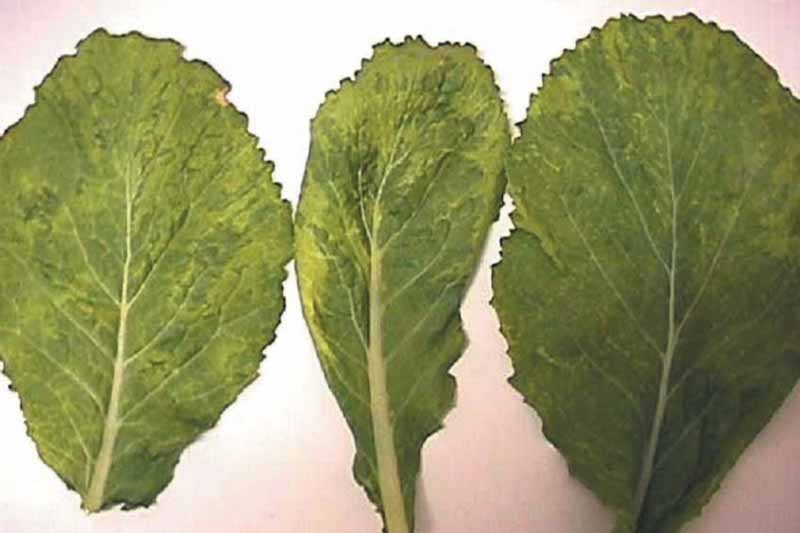

This illness might set off ineffective areas and a diagnostic sample of yellow and inexperienced mosaics on the leaves. The older leaves might flip yellow, and plant enchancment shall be stunted.
Turnip mosaic virus can significantly reduce yields.
Considered one of many best strategies to deal with this illness is to administration the aphids. A means to do this is to make the most of reflective mulches. If mandatory, you might too use pesticides for this function. Helpful bugs might current a serving at hand (er, leg? mandible?) as efficiently.
Examine extra about controlling this viral an an an infection correct proper right here.
A Plethora of Sicknesses Assault Turnips and Rutabagas
Pretty just some bacterial and fungal sicknesses might assault turnips and rutabagas. Along with, the water molds white rust and downy mildew are potential pathogens, and turnip mosaic viruses might severely influence the yields.
Nonetheless this isn’t a set off to avoid rising these scrumptious root crops!
Realizing the indications of an an an infection by these pathogens will present you easy methods to to diagnose these sicknesses, and to hunt out out what administration measures are related.
Planting solely licensed disease-free seeds can stop loads of these sicknesses from changing into launched or established, though volunteer vegetation and cruciferous weeds can harbor reservoirs of loads of these pathogens.
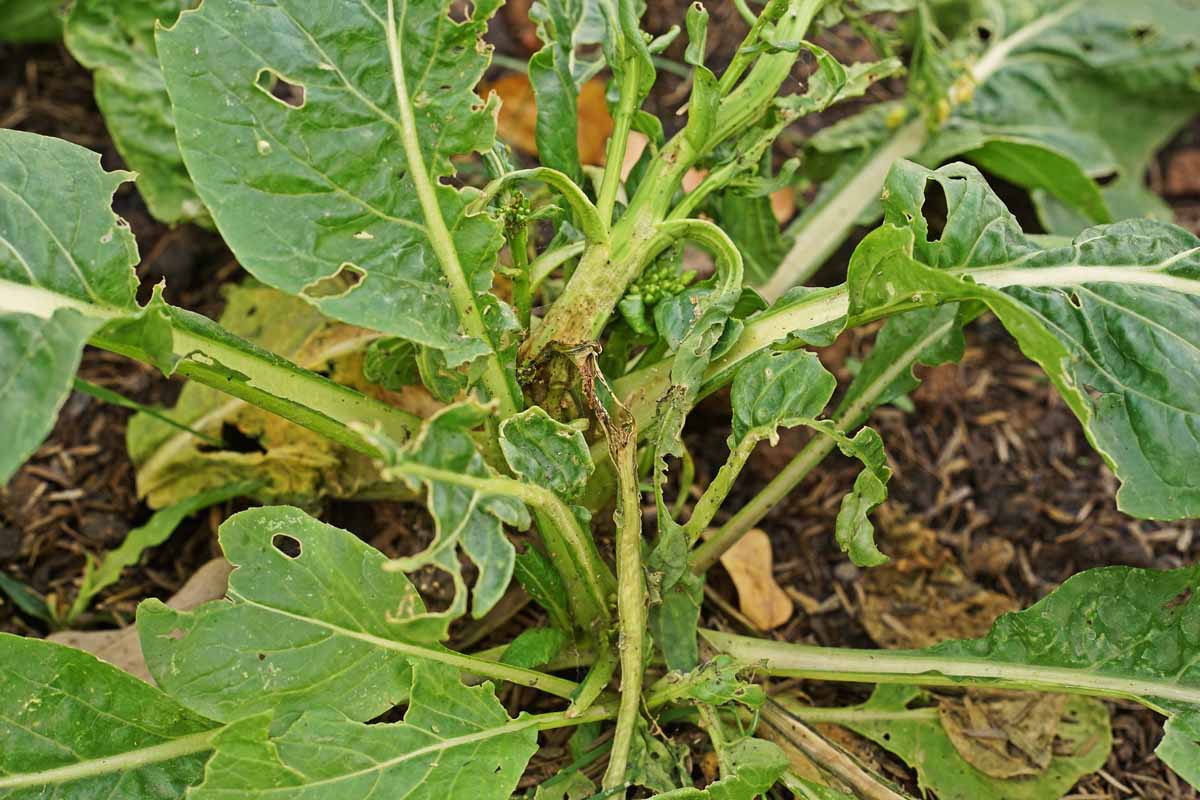

Sadly there are particular sicknesses, significantly clubroot, that aren’t readily managed.
Have you ever ever ever discovered these crops to be liable to illness in your non-public yard? Share your questions and experiences contained in the options beneath!
And in case you want extra info on treating brassica pests, illness, or factors, one among these guides would possibly assist:

